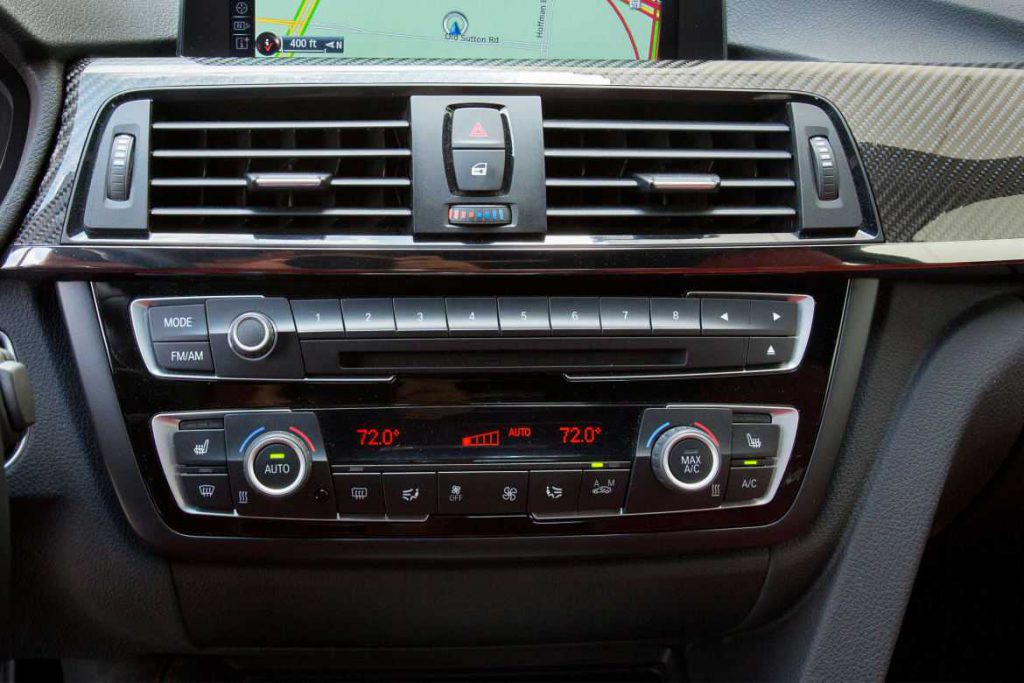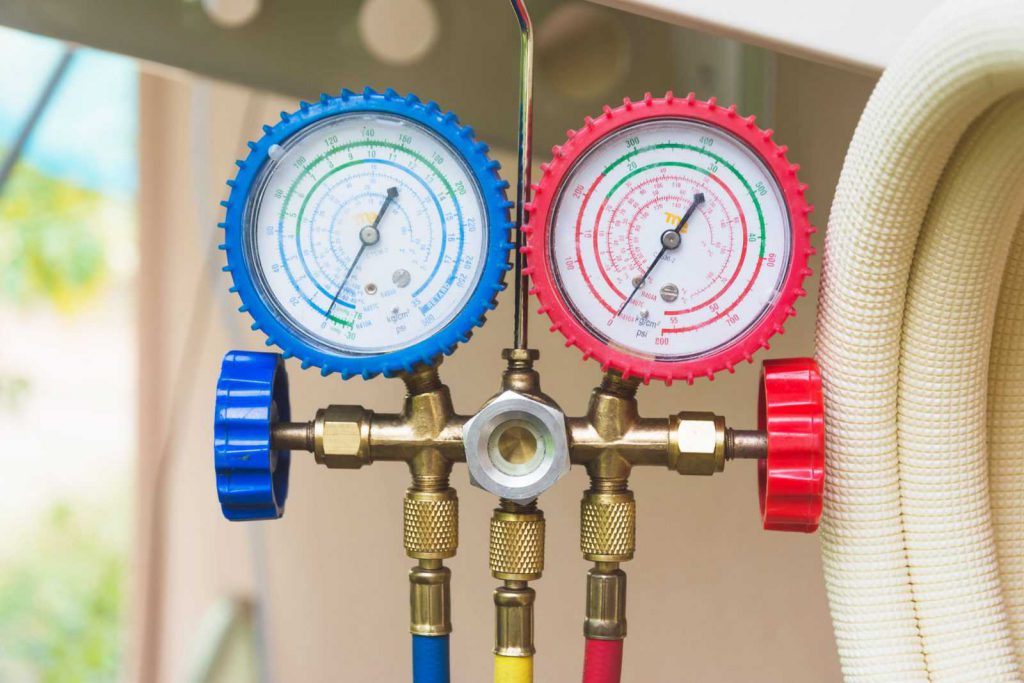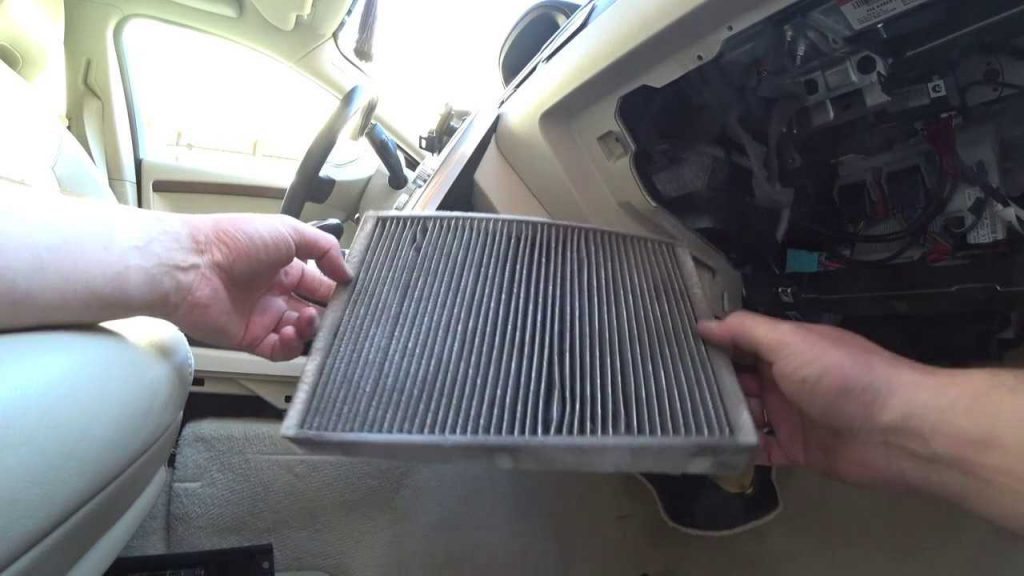So how does car ac work, you may have always buzzed by the question. An air conditioner always seems an amazing utility to have in your car and homes. The machine works to condition the air in a way to make the airflow regulated for the right temperature with no humid content. The external aspect of the AC functionality stays pretty simple, where you need to push that button, and you are one. The internal aspect is a much different approach that is always fascinating to know.
So if you also want to dig deeper in order to know how an AC functions to produce that cool breeze in your cabin, continue reading here.
Contents
How Does Car AC Work? Understanding the Components
An ac system comprises a few components that are significant to make it work. It includes the evaporator, compressor, condenser, expansion device, and a fan. Another major thing that plays the most important part is the refrigerant. The refrigerant is the liquid that goes all through these parts and released into the cabin eventually.
Let’s get to know these parts and how they work with respect to the refrigerant-
Compressor
To understand how does car ac work, it is essential to understand a compressor. A compressor looks like a pump that functions to compress. The component stays attached to the crankshaft to receive the power and perform. The refrigerant first enters the compressor in gaseous form. The compressor does it work by compressing this gas to send it to the condenser for further procedure. Remember that compressor can only compress gases and not any liquids.
Condenser
The condenser also serves its name for the automotive air condition system. It works to condense or to turn the gas into the liquid. The compressed gas enters the condenser, and the process creates some heat as well. However, the tubes through which the airflow happens cool down this gas, and it forms into liquid. This way, the refrigerant turns into a high-pressure liquid ready to enter the next component that is the receiver.
While understanding the AC system, it is important to know that the AC does not create cool air. It actually takes the heat and moisture away that is already in the car’s cabin, leaving the cold air behind. All these components play their part to dissipate the heat and humidity outside of the car.

Read more:
- Identify If the Car AC Pressure Is Too High – Signs and Solutions
- Is Car AC Stop Leak Worth A Buy? Get To Know!
Receiver-Dryer
The receiver works as a reservoir that prepares the liquid in a way so it can be transferred to the evaporator. The receiver contains desiccant that is a drying agent. The substance absorbs the water element or the moisture, and hence it is called dryer also. Removing water from the system comes vital at this stage. If not removed, the water turns into ice crystals, and that can ruin the entire air conditioning system. So this is also a point to know while working with “how does car air conditioning work.”
Interesting Fact!
Till 1996, R-12 was the refrigerant used in the AC systems to process through all the components. Later, it was found as a contributor to the hole in the ozone layer. As a result, it was discontinued, and all automobile companies started using R-134A refrigerant that is a non- chlorofluorocarbon substance.
Thermal Expansion Valve
In this section, the expansion works to expand the liquid by turning high-pressure into low-pressure. The component prepares the liquid even further before transferring it to the evaporator. The valves recognize the low-pressure and get ready to regulate the liquid accordingly.

Evaporator
Now, the evaporator part happens that is the major deal of an AC system. This is the last point of understanding “how does ac work in a car.” The evaporator is located inside or in the cabin with its own parts like tubes and fins; all work to absorb heat.
The low-pressure liquid enters from the expansion valve to the evaporator. As the temperature here remains approx 32 degrees Fahrenheit or 0 degrees Celsius, the liquid does not freeze. But as the liquid has a very low boiling point, it turns into a gas again.
When the liquid turns to gas, it becomes capable of absorbing a lot more heat from the car’s cabin. This gas moves out of the evaporator and then the car’s cabin and takes heat along with it. The blowing fan, as a result, becomes able to flow the cool air and you receive the charm of air condition. By reading the Maintenance Tips you can learn about fixing the AC leakage in your car.
The liquid that was turned into gas enters the compressor again, and the whole cycle continues until you switch off the AC.

Conclusion
This is “how does car ac work” and each component contributes its part. The HAVC system performs all three jobs efficiently: cooling the interiors, heating the interiors, and defrosting the windshield. The overall system is controlled by a computer designed as the climate control system. We hope the process was explained simply enough to understand.



